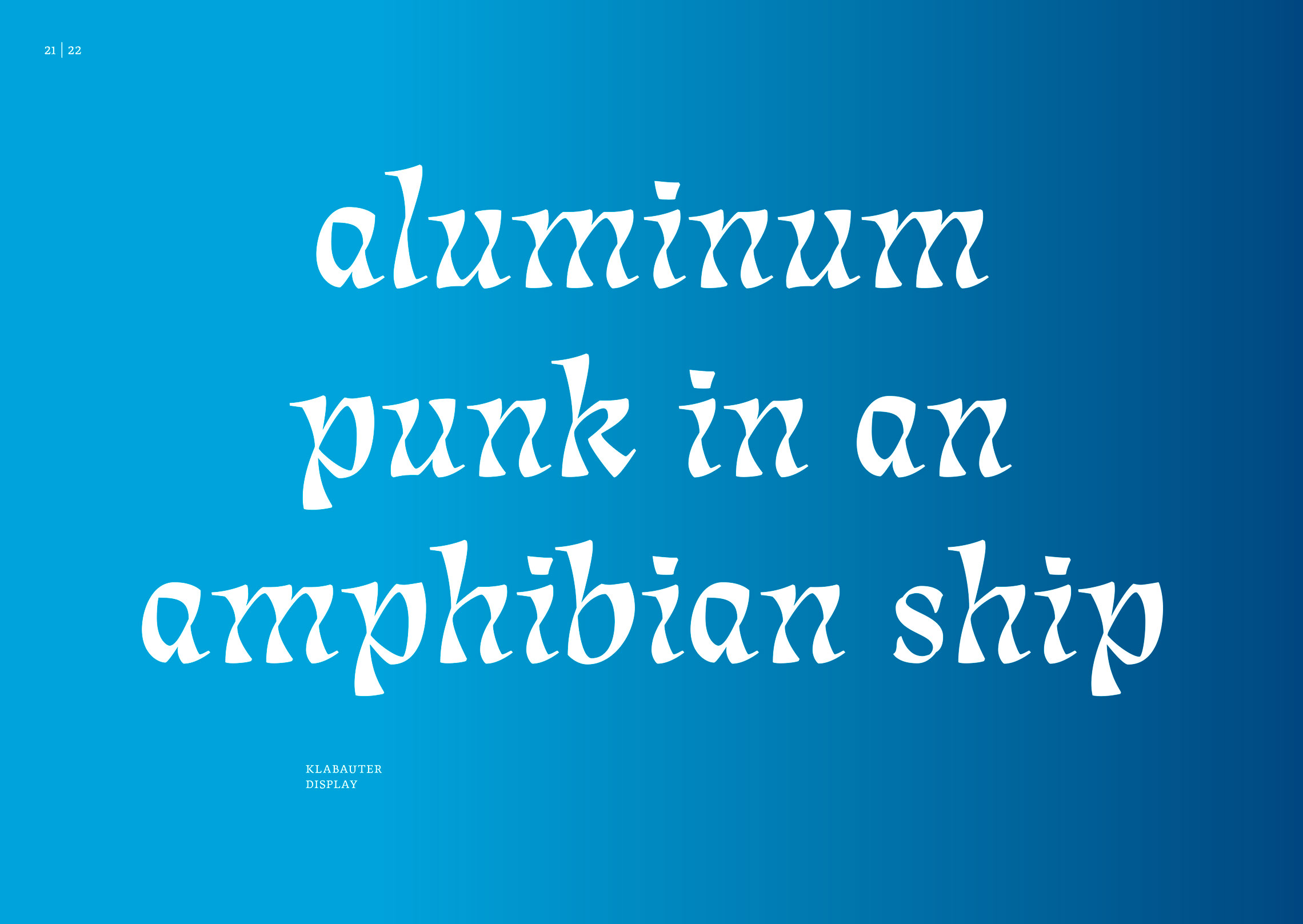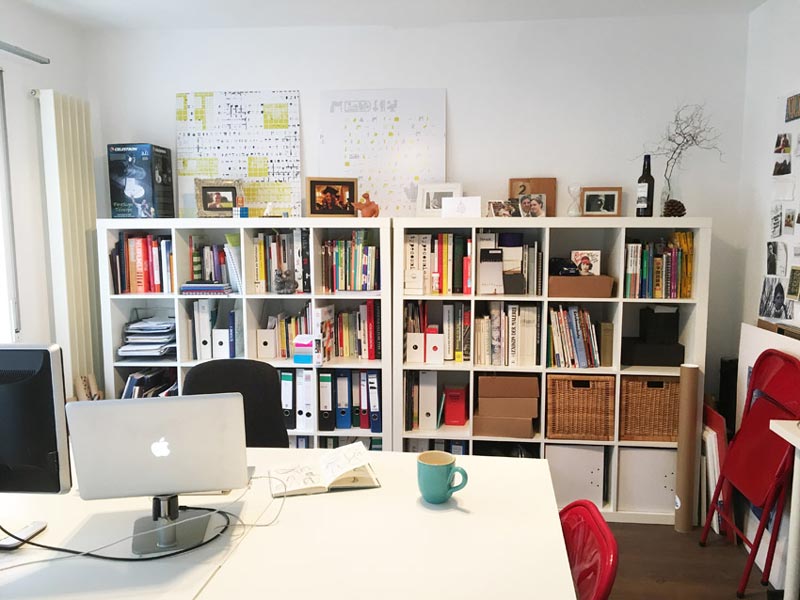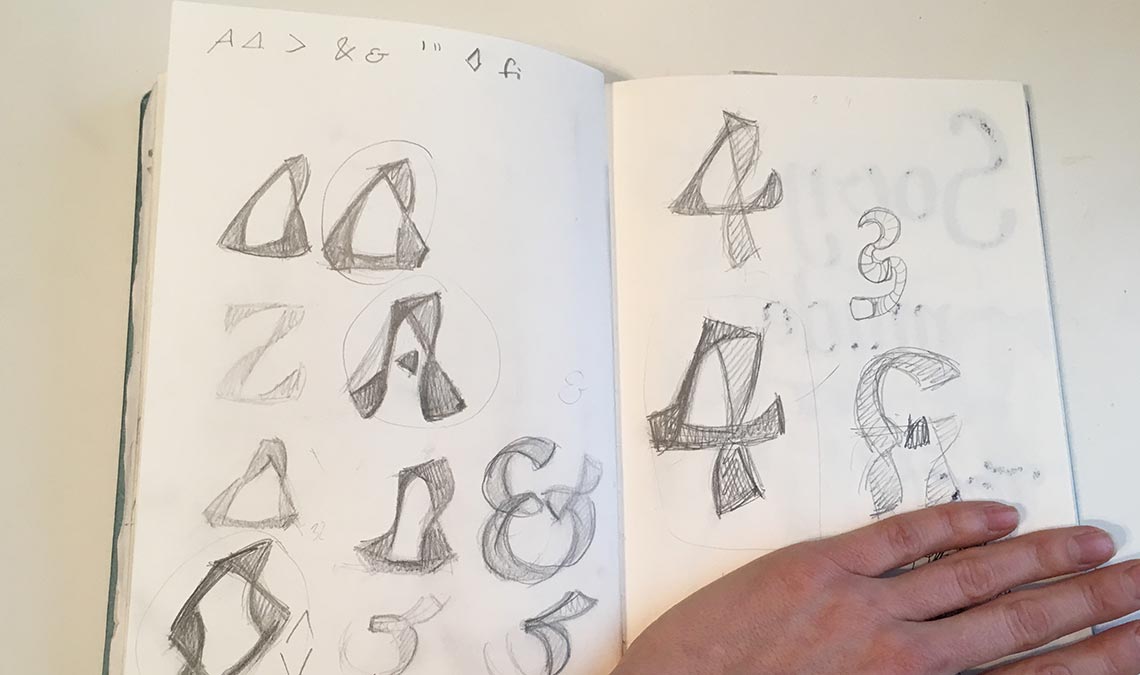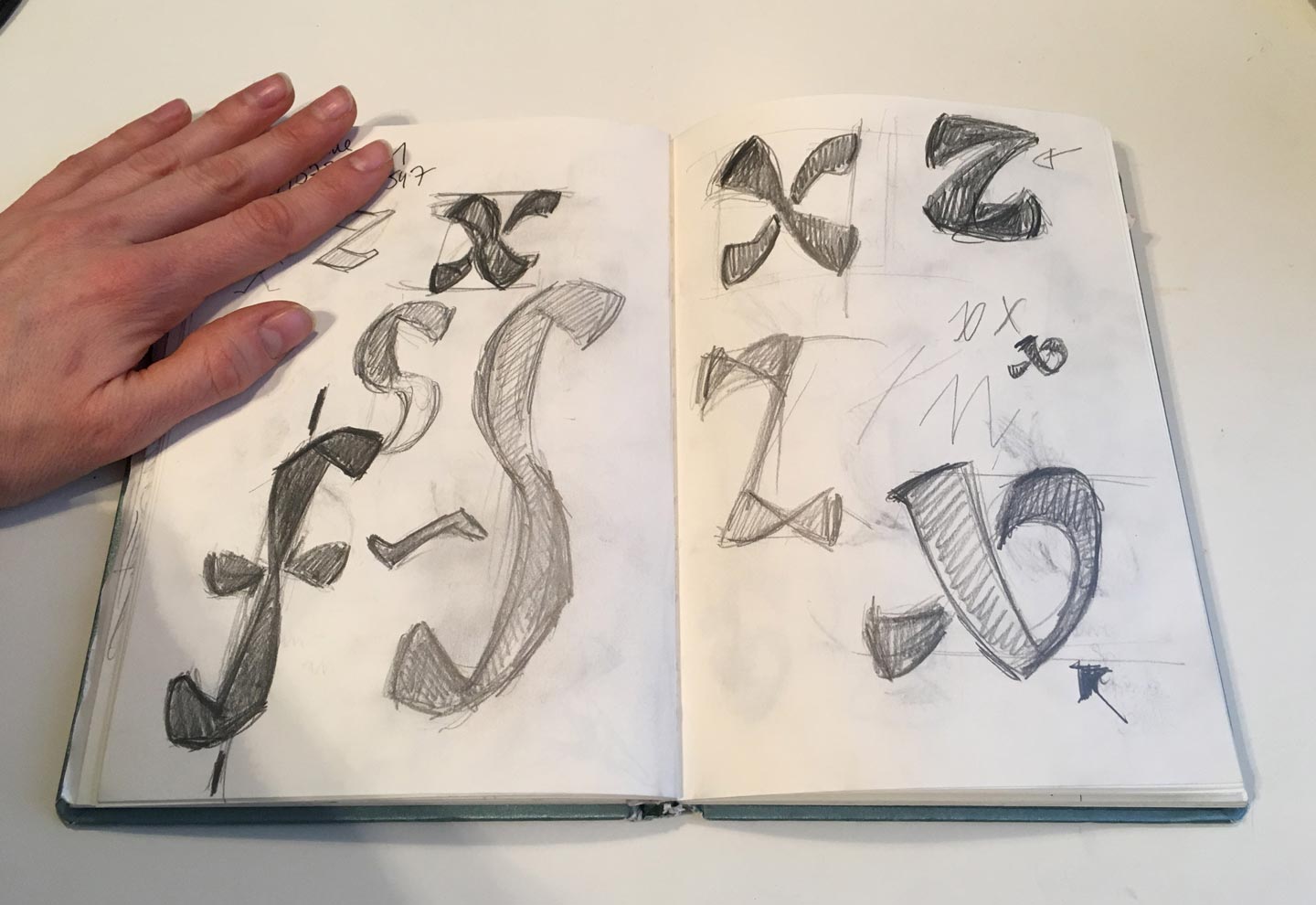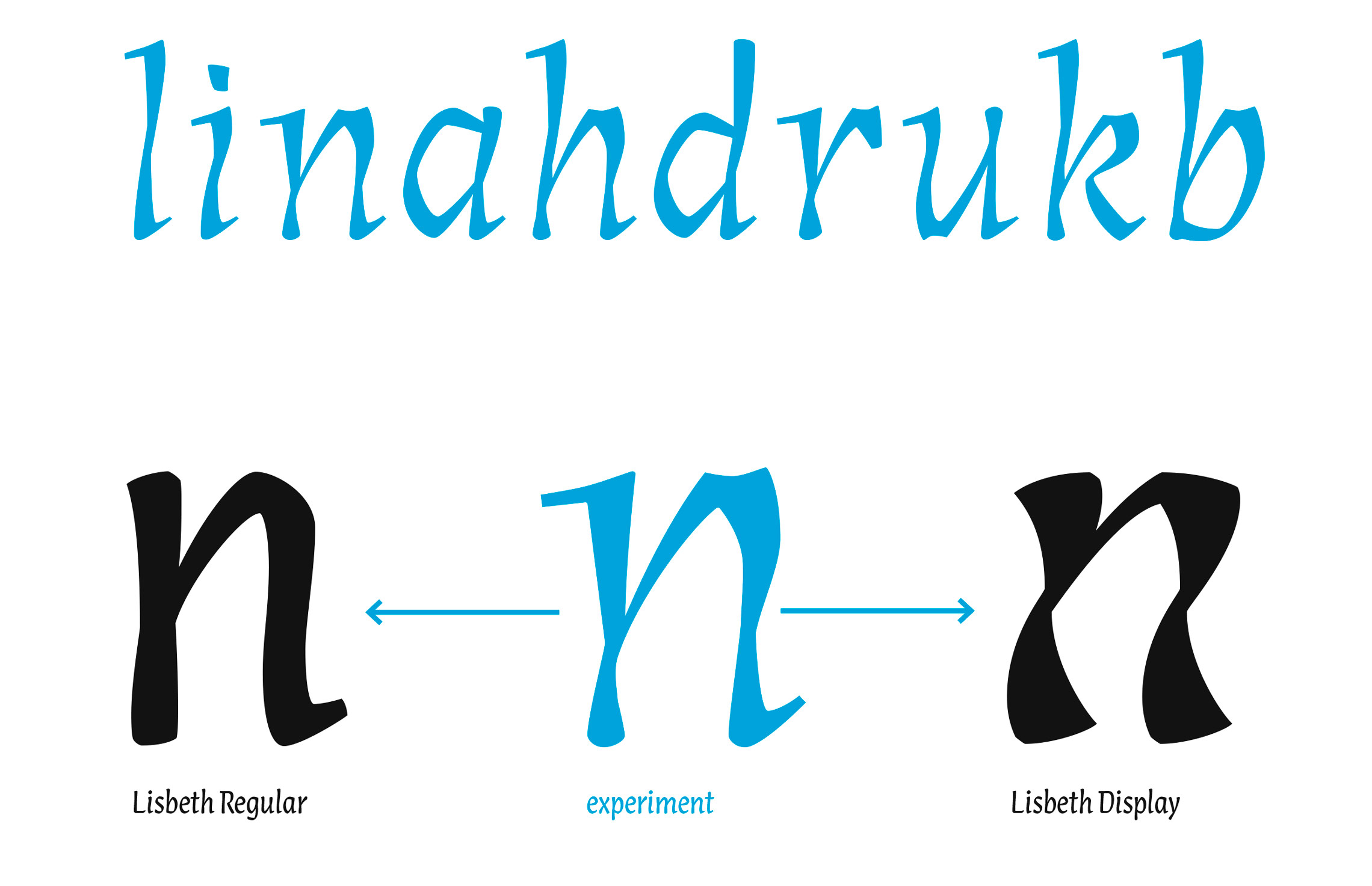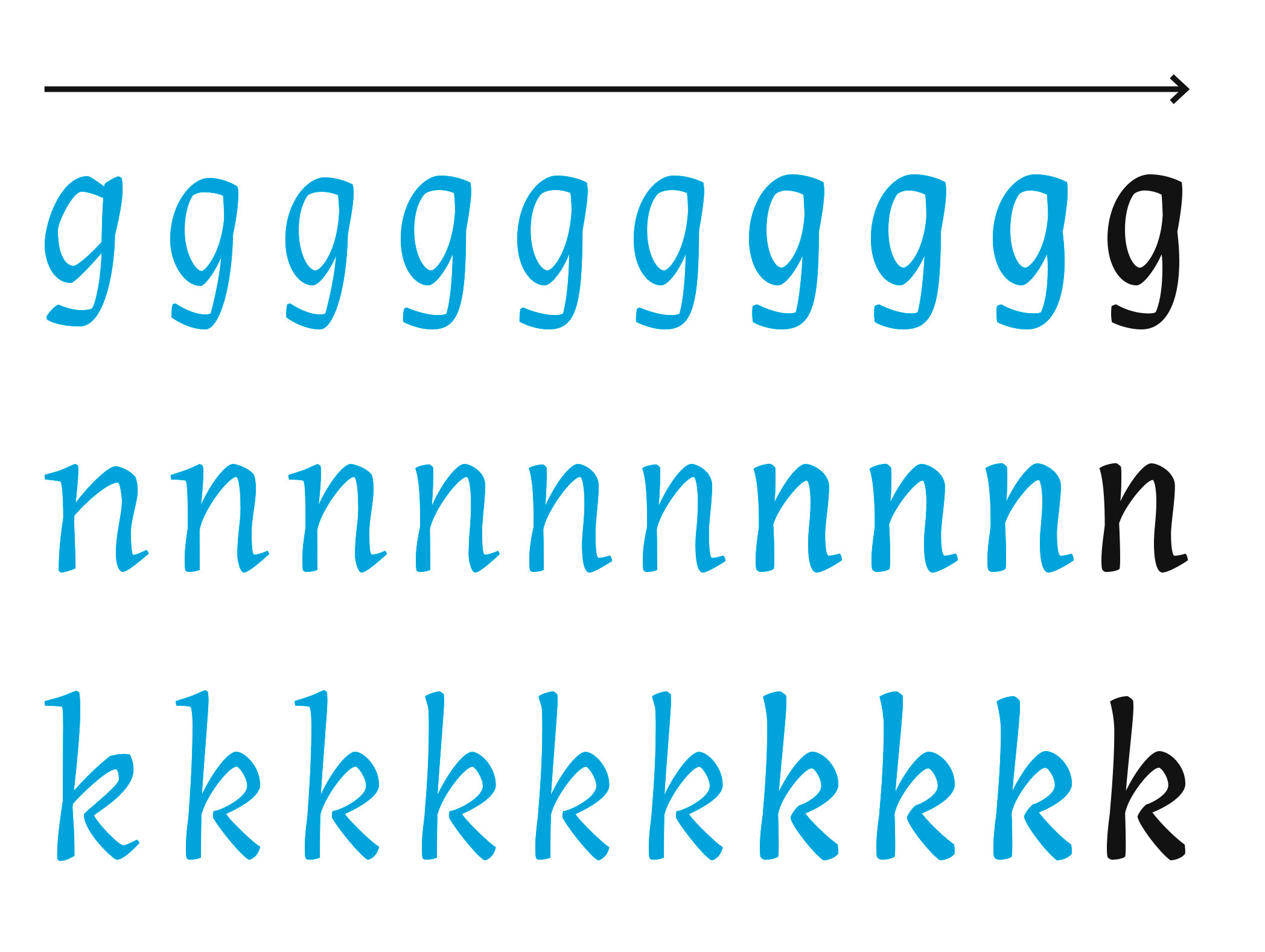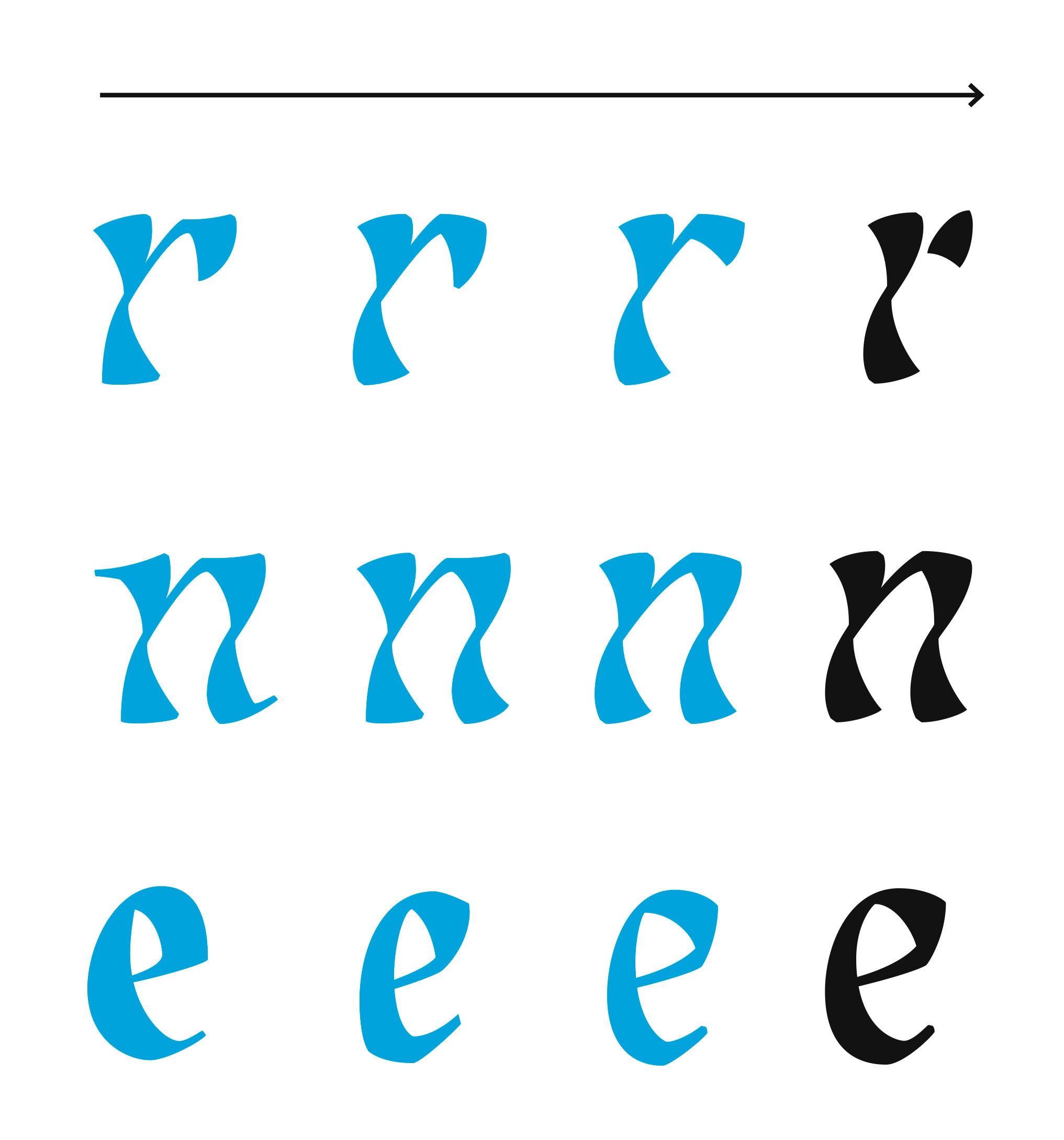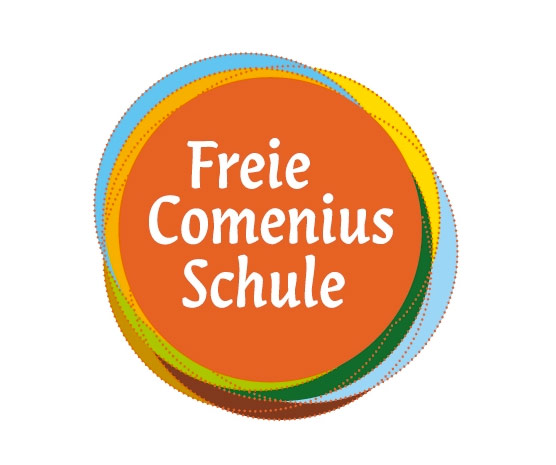Processing Lisbeth’s stylistic largesse: an interview with Louisa Fröhlich
February 2017
Louisa Fröhlich released Lisbeth as TypeTogether’s first type family of 2017. We talked with her about the creating her all-italic family and twisting display, and ask where she sees Lisbeth going from here. Grab your favourite drink (Louisa recommends a good sherry) and read about this all-italic typographic trailblazer.

